
There is no modern official or legal definition for the extent of the Welsh Marches. However, it is a term still commonly used to describe, in particular, those parts of the English counties which lie along the border with Wales, particularly Shropshire and Herefordshire.
The term "March of Wales" was first used in the Domesday Book of 1086. Over the next four centuries, Norman lords established mostly small marcher lordships between the Dee and Severn, and further west. Military adventurers came to Wales from Normandy and elsewhere, raided an area of Wales, and then fortified it and granted land to some of their supporters.

For many centuries, Offa's Dyke was regarded as the frontier between the Welsh and English. Athelstan, often seen as the first king of a united England, summoned the British kings to a meeting at Hereford in 926, and according to William of Malmesbury laid down the boundary between Wales and England, particularly the disputed southern stretch where he specified that the River Wye should form the boundary.

Immediately after the Norman Conquest, King William of England installed three of his most trusted confidants, Hugh d'Avranches, Roger de Montgomerie, and William FitzOsbern, as Earls of Chester, Shrewsbury and Hereford respectively, with responsibilities for containing and subduing the Welsh. The process took a century and was never permanently effective.
During the 12th century the Marches were a frontier society in every sense, and a stamp was set on the region that lasted into the time of the Industrial Revolution. Hundreds of small castles were built in the border area in the 12th and 13th centuries, predominantly by Norman lords as assertions of power as well as defences against Welsh raiders and rebels. The area still contains Britain's densest concentration of motte-and-bailey castles.

The Marcher lords encouraged immigration from all the Norman-Angevin realms, and encouraged trade from "fair haven" ports like Cardiff.
At the same time, the Welsh continued to attack English soil and supported rebellions against the Normans. Marcher lords ruled their lands by their own law—sicut regale ("like unto a king").
Under the Laws in Wales Acts 1535–1542 introduced under Henry VIII, the jurisdiction of the marchers lords was abolished in 1536. The Acts had the effect of annexing Wales to England and creating a single state and legal jurisdiction, commonly referred to as England and Wales.

There is a long distance footpath called the Marches Way which connects Chester in the north, via Whitchurch, Shrewsbury, Leominster, and Abergavenny to Cardiff in South Wales.






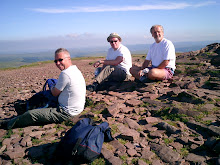


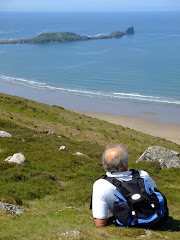


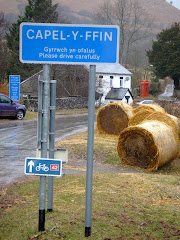
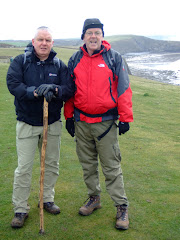


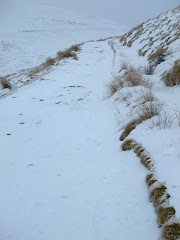


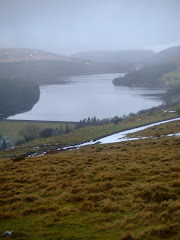





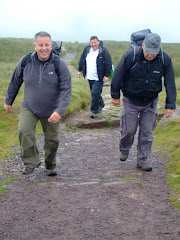








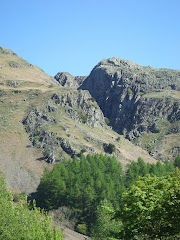
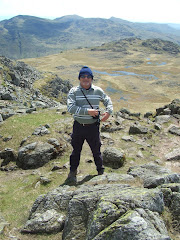
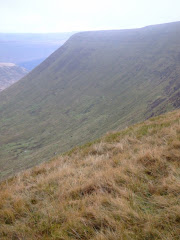

No comments:
Post a Comment